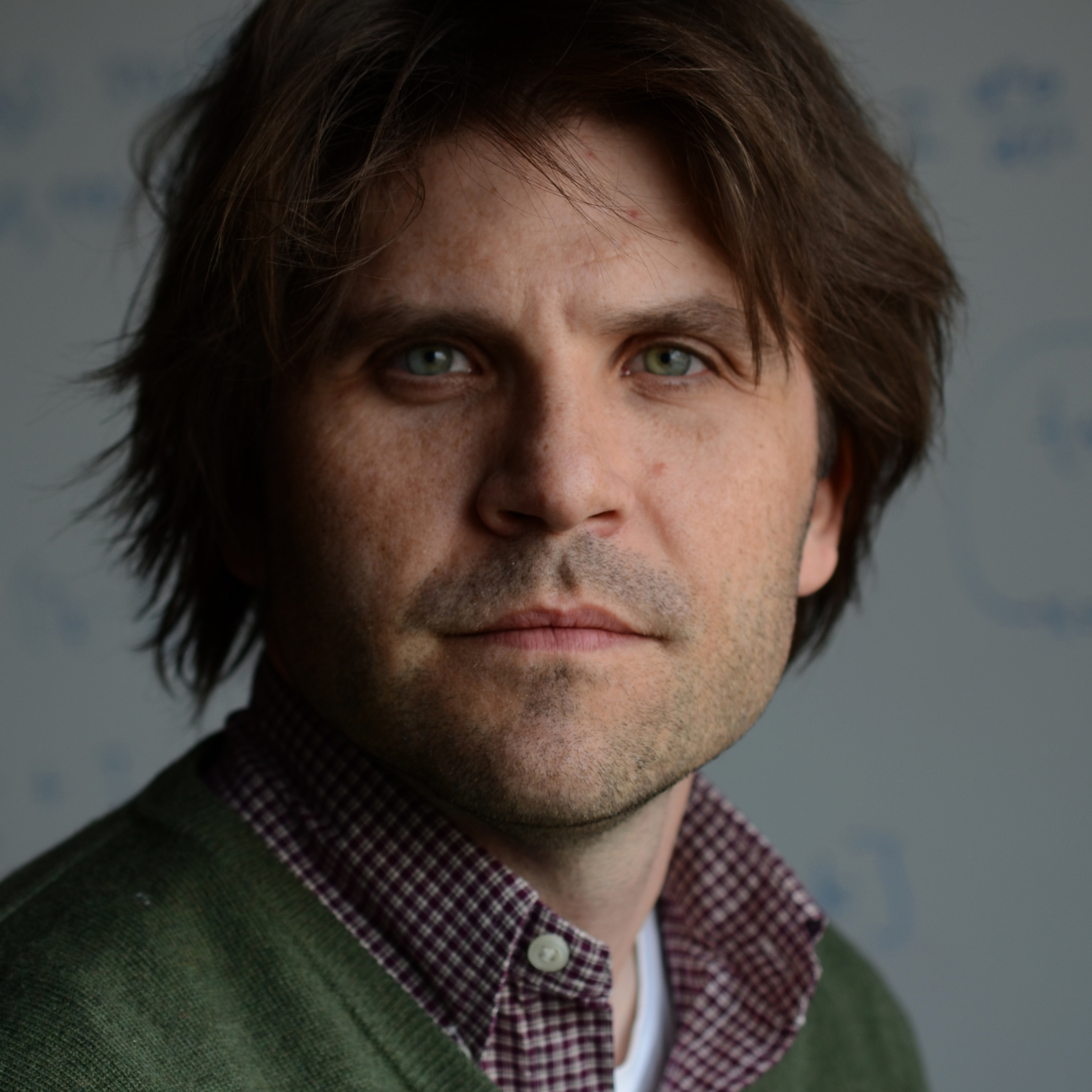Teaching
Courses Taught
ASTR-1220: Introduction to Stars, Galaxies, and the Universe
This course is a study of stars, galaxies, and the universe, primarily for non-science majors who have not previously taken an astronomy course. The course is roughly organized into four parts. First, we introduce fundamental concepts: light, gravity, particles, and modern observing technologies. Then we use this knowledge to discuss stars — how they are born, how they function, and how they die. Stars gather together to form galaxies, so we then learn about how galaxies evolve, and how they can be used to study the Universe. Finally, the course ends with a discussion of cosmology, the beginning of the Universe, Dark Matter, and Dark Energy. The textbook I use for this course is “The Cosmic Perspective, 9th Edition” by Bennett, Donahue, Schneider, and Voit.
ASTR-2120: Introduction to Astrophysics II
This course is a thorough discussion of the basic concepts and methods of stellar, galactic, and extragalactic astronomy with emphasis on physical interpretation, primarily for science majors. The course is roughly organized into three parts. First, we will discuss stars — how they are born, how they function, and how they die. Stars gather together to form galaxies, so we will then learn about galaxies, how they evolve, and how they can be used to study the universe. Finally, the course ends with a discussion of cosmology, the beginning of the universe, Dark Matter, and Dark Energy. The textbook I currently use for this course is “Foundations of Astrophysics” by Ryden and Peterson.
ASTR-5XXX: Introduction to Cosmology
This graduate-level course is designed to broadly introduce the topics associated with cosmology, which is the branch of physics dealing with the origin and evolution of the universe. The course starts with an historical overview to define context. The remaining time is devoted to three main areas: (i) expansion of the universe, (ii) the early universe, and (iii) large-scale structure. Where appropriate, we will discuss experimental cosmology topics, such as cosmological parameters, measurements of the cosmic microwave background radiation, measurements of large-scale structure, and measurements of the accelerating universe. The lectures on the expansion of the universe primarily focus on general relativity, redshift, methods for measuring distances, the Robertson-Walker metric, and other associated topics. The lectures on the early universe primarily focus on inflation, nucleosynthesis and the cosmic microwave background radiation. The lectures on large-scale structure will primarily focus on galaxy formation, galaxy cluster formation and the Sunyaev Zel’dovich effect. I have used a collection of books for this course including “Cosmology” by Stephen Weinberg, “Introduction to Cosmology” by Barbara Ryden, and “Modern Cosmology” by Scott Dodelson. I am currently restructuring the course, and I will likely base my new course on “Cosmology” by Daniel Baumann.
Teaching Philosophy
My philosophy regarding teaching focuses on clear communication and the use of a variety of methods to encourage engagement, inclusivity, and learning retention. Students taking astronomy and astrophysics classes generally start the course interested in the topic, and they are ready to learn, but the material we cover can be difficult to grasp. Classic lecture alone might not be enough for some students. I feel it is my job as professor to cultivate and offer the students as many entry points into the material as possible, thereby enabling a diversity of student learning styles to meaningfully connect with the course.

CONTACT INFORMATION
University of Virginia
Department of Astronomy
530 McCormick Road
Charlottesville, VA 22904
bradley.johnson@virginia.edu

